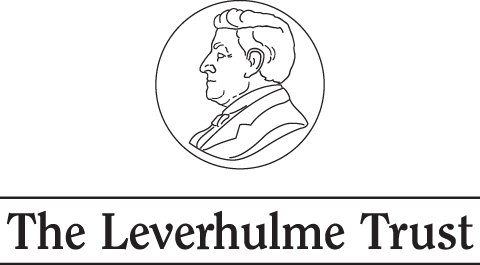For more on Gellert and the classics, see Monoson’s article in Classical Receptions Journal (2016):
Aesop Said So: Ancient Wisdom and Radical Politics in 1930s New York
The study (linked to above) explores a mode of vernacular political theorizing. It focuses on American ‘proletarian artist’ Hugo Gellert’s publication, Aesop Said So (1936), an illustrated volume of a select number of Aesop’s fables that uses satirical cartoons to assert a parallel between the fables’ unassailable lessons and a critique of industrial capitalism and fascist sentiments. This article details how Gellert’s work presents a subversive Aesop that resonates with current scholarship in classics that highlights the disruptive features of Aesopic wisdom as it surfaces in ancient prose writing. This article also compares Gellert’s identification in antiquity of a politically useful voice from below with other examples of the presence of ancient models in 1930s politically charged art, such as Paul Manship’s gilded statue of Prometheus for Rockefeller Centre, NY (1933) and Diego Rivera’s mural ‘Man at the Crossroads’ for the lobby of Rockefeller Plaza’s signature skyscraper (1932/33), that was destroyed amid a political controversy.
![]() This profile draws on the work of S. Sara Monoson
This profile draws on the work of S. Sara Monoson



